.
It’s been said that the best way to improve at chess is to play slow games and analyze them. Investing time into decisions and then seeing how well they work out is either the path to improvement or maybe the slow road to hell. I’m not sure which, maybe it’s both. It is painful to look at your mistakes, at least it is for me. At this point in my chess journey I’ve accepted that they happen and simply try to turn the lemons into lemonade. So here goes. (I’ve created a Lichess study with my Classic and OTB games on there. Find the study here. )
I played a 60m + 30 sec game against an opponent from the Dan Heisman Learning Center. I had White and I am a 1.e4 player*. I used OpeningTree.com to prep for my game. We got this position out of the opening.
This is the Caro Kann Advanced. White takes some space and Black gets the light square bishop outside the pawn chain. However, the Dojo has recommended an aggressive response, 4.h4! or the Tal Variation. Since I play the Caro Kann myself, I’ve switched up my repertoire to deal with this line which I find troublesome. Of course, that’s now what I play against the Advanced with 3.Bf5 The the idea is that White is taking space and the bishop becomes a target to push around and gain tempii.
Black has two main replies: h5 or h6. Note that e6 is a blunder and loses the bishop. If Black played 4.e6 then 5.g4 Be4 6.f3 Bg6 7.h5! wins the bishop. In the Lichess database 4.e6 is played 17% of the time. Amazing
Main move is h5 allowing White to control the g5 square almost forever. After 4…h5 5.Bg5 White scores a win 50% of time in the Masters DB. My opponent played 5…Qb6 and I played 6.Be3
This forces the exchange of bishops and gains more control for White. After 6…Bxd3 7.Qxd3 Black often plays 7…Qa6 looking to trade Queens. White’s best reply is to decline the trade and play 8.Qh3
There’s a mate in 1 threat on c8 which forces Black to play 8…e6. This “pin” on the e6 pawn is key and which the next move for White must be 9.Nc3.
Without 9.Nc3, Black is free to pressure White. That’s the thing about following in Tal’s footsteps - you have to be able to calculate. This is where I left the book line and got nervous about castling. Instead I played 9.Ne2?? with the intent on playing Nc3 next. Not good.
Anyone who plays (or plays against) the Caro Kann knows that eventually c5 is coming. The natural place for the b8 knight is on c6 which currently is occupied by a pawn. As a Caro Kann player myself, that c5 break is the key to getting counter play and not getting run off the board. However, after 9.Nc3, the c5 break is a blunder. Thanks to the “pin” on the e6 pawn, White is free to play 10.Nxd5! and blow open the position. If Black captures back White follows with Qc8#. Nasty.
However none of this is possible without 9.Nc3. In fact, 9.Ne2?? was where I started to lose the game. I find often I don’t fully understand (yet) the positions I’m getting out of the lines I play. Hopefully analyzing them will help me understand better. The key to this position is the development advantage White has over Black, the pin on the e6 pawn, and the grip that White has on the Queen-side position. Those pieces on f8, g8, and h8 aren’t getting out quickly.
By not playing 9.Nc3 I began to lose the game. My opponent, to their credit, took advantage of the position. After 9.Ne2 they played 9…c5!. I made things worse by playing 10.c3 in response and now Nc3 wasn’t possible. I couldn’t castle without giving up my knight on e2. The position came apart.
I ended up forked between my King and Queen. The line went:
10.c3? Nc6 11.Nd2? (Qe3 was the better move) cxd4 12.cxd4 Nb4!
The final mistake was Rc1?? when Qc3 was better.
The end came after Nd3+ Kd1 Nxf2+ with a fork!
My opponent was nice enough to hang around for a post mortem which we explored the position. There I learned that the Nc3 move in this line was key. Of course I could have played that move even after 9.c5 but I started to panic, seeing all the threats Black had in the position. I went from feeling like I was winning to knowing I had screwed up. And you see from my time… I had lots of time left over. Sadly, this meant my loss was largely a self inflicted wound thanks to my Speed Racer habit.
So here’s to learning from painful mistakes, taking time before moves to guess my opponent’s best reply, and committing to using all the time available to me.
I hope you learned something. I know I did. Please leave a comment or share this story if you enjoyed it.


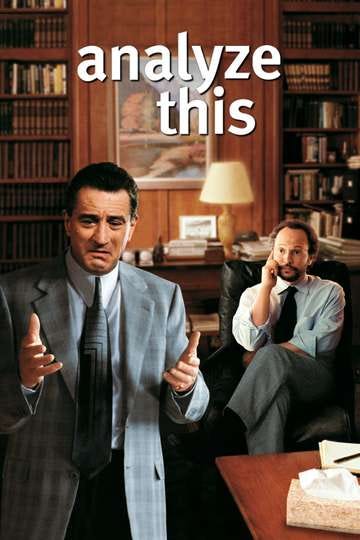

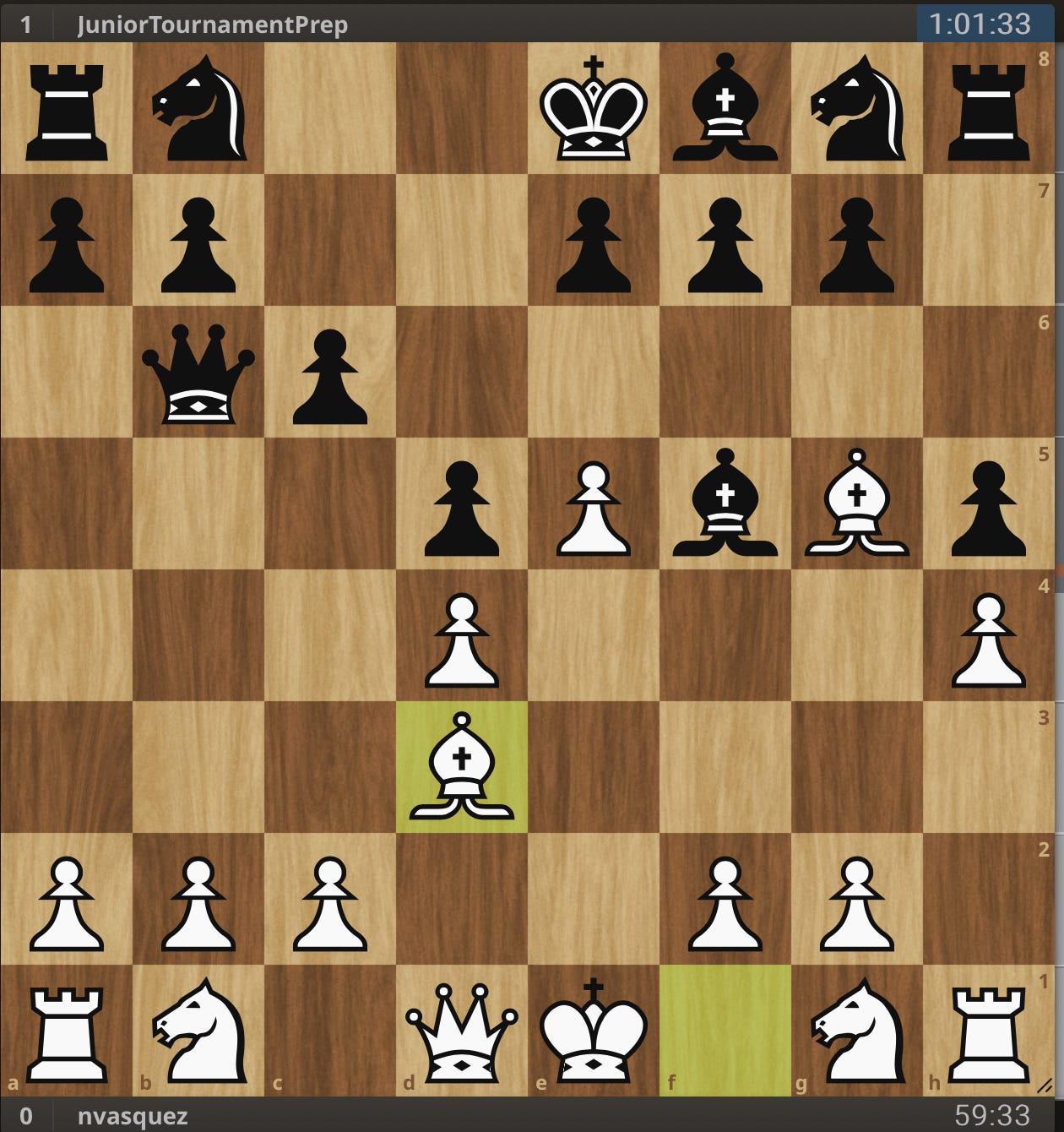

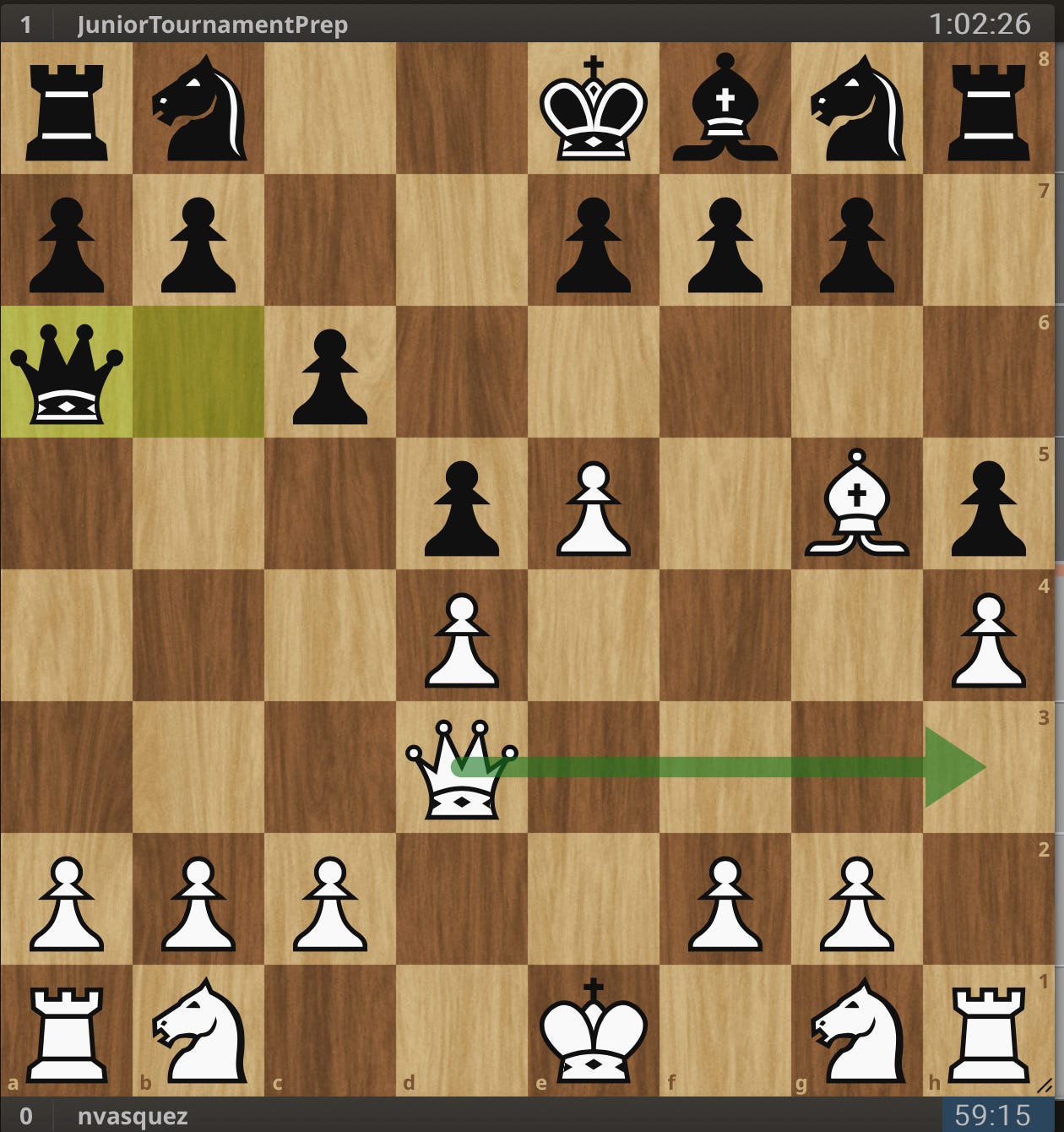




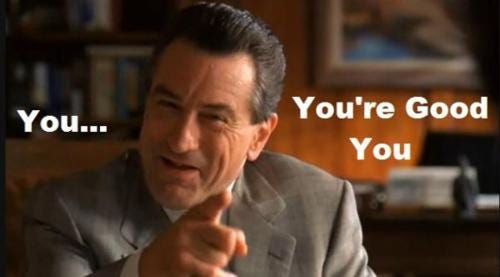
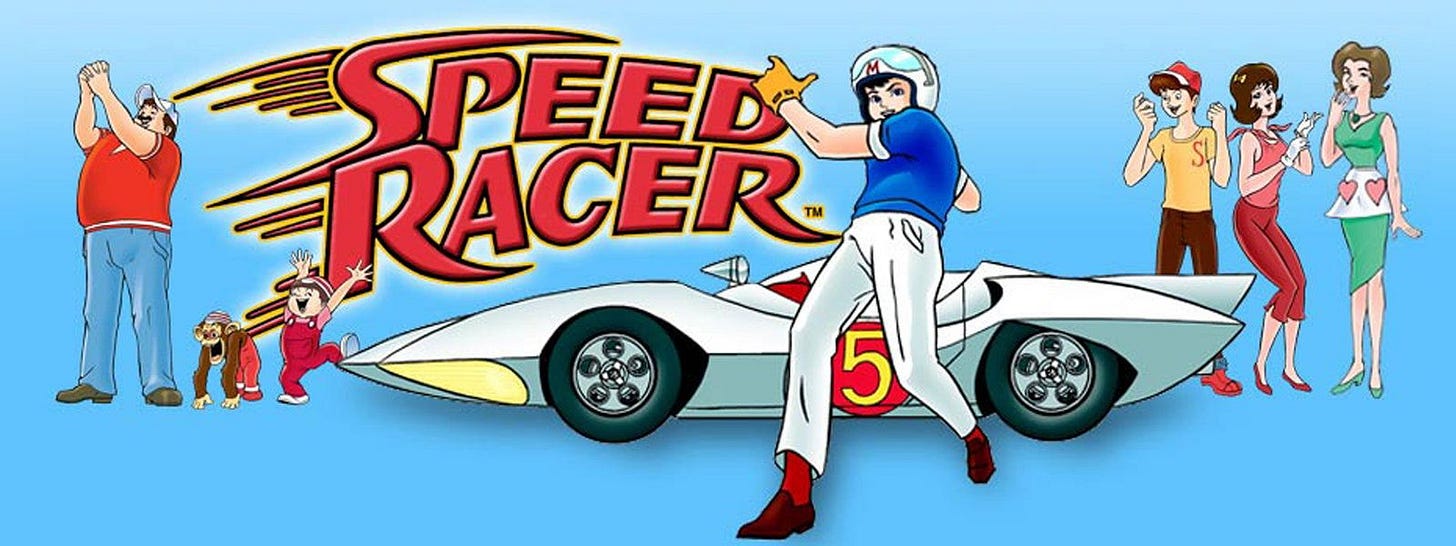
Losses like these are tough, but I agree with you about trying to make them as instructive as possible. I actually find that honestly dealing with my losses has a therapeutic effect that reminds me how far I have to go without being unrealistic about it.
Interesting and helpful.